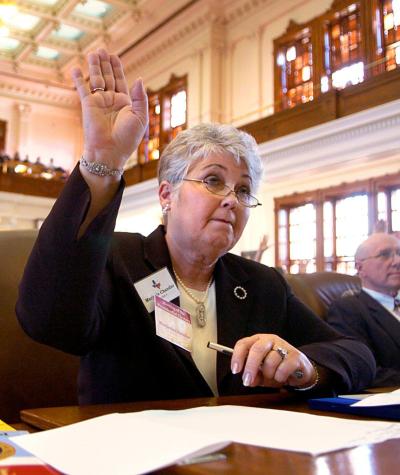Late last year, Congress delivered a major victory for democracy by passing the Electoral Count Reform Act of 2022 (ECRA). This bipartisan legislation, included as part of an omnibus appropriations and policy package, updates the archaic Electoral Count Act (ECA) of 1887. The ECA, as updated by the ECRA, provides the primary legal framework for casting and counting Electoral College votes in presidential elections.
The ECA has set a timeline for states to select presidential electors and transmit their votes to Congress for more than a century. The legislation also establishes procedures for how Congress counts the electoral votes and the role of the vice president, who presides over this process under the 12th Amendment as the president of the Senate.
However, until the ECRA became law, the original text of the ECA had not been updated since its enactment more than 130 years ago. The outdated statute was therefore rife with imprecise language, gaps and ambiguities.
Campaign Legal Center was heavily involved with the bipartisan effort to pass the ECRA. As such, we look forward to working with states across the country to provide the necessary guidance so that they comply with the new federal law.
While most of the ECRA’s updates affect the process by which Congress must count each state’s electoral votes, there are two changes that states should consider to ensure that their presidential election procedures comply with the updated federal law ahead of 2024.
First, the new law specifies that the state executive who must certify the state’s appointment of electors is the governor, unless state law enacted prior to the election designates a different executive to perform the duty.
If the governor does not currently certify a state's appointment of electors, the state is encouraged to consider updating their state law to make clear who the executive is for purposes of certification of the state's appointment of electors.
Second, Section 104 of the ECRA provides that each state’s executive must certify the state’s slate of electors (including the results of the popular vote for president in the state) six days before the date on which the electors meet to officially cast their votes.
The new legislation also requires the electors to hold that meeting on “the first Tuesday after the second Wednesday in December,” which – for purposes of the 2024 presidential election – will be December 17, 2024.
Taken together, these provisions mean that state executives must certify their state’s slate of electors by the second Wednesday of December (December 11, 2024) to meet the new deadline.
As states begin preparing for the 2024 presidential election, they should compare the new certification deadline with their state’s current deadlines and requirements to make sure their state will comply with the new law.
Essentially, states should work backwards from the executive certification deadline to determine whether their state’s canvass, recount and contest procedures are sure to be completed in the window between Election Day and the December 11, 2024, certification deadline.
If states find that their recount and/or contest procedures lawfully available to candidates could potentially result in certification not being completed by December 11, 2024, legislative updates may be necessary to meet the new deadline.
The ECRA provides a clearer framework for the casting and counting of electoral college votes. We look forward to supporting states ahead of the 2024 election as they work to ensure their presidential election procedures comply with the updated federal law.

